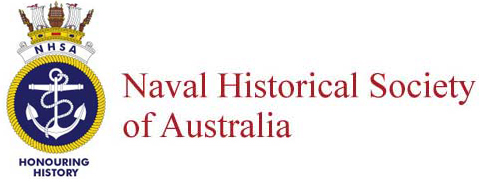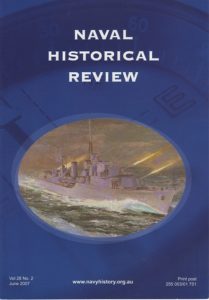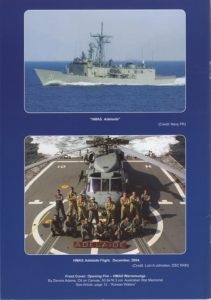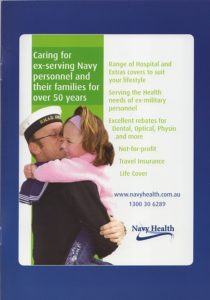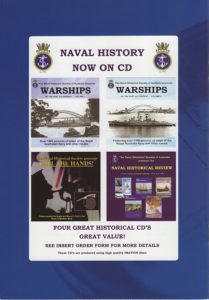- Author
- Editorial Staff
- Subjects
- Biographies and personal histories
- Tags
-
- RAN Ships
- None noted.
- Publication
- June 2024 edition of the Naval Historical Review (all rights reserved)
Considered by her peers to be the only woman to marry a naval officer for his money
We publish many stories about well-known naval personalities concentrating on their illustrious careers but more often than not we forget about the dutiful wife or partner without whose support the career may have faltered. This story concerns the wife of a successful and important naval officer, who had her own successful and important career. This has been told by her son and daughters – the first born was Fayne, then Stuart and lastly Lynne. Stuart (Sam) Burrell, is himself well-known to the naval community but his sisters, now Mrs Fayne Mench and Mrs Lynne Tierney, are possibly new to many readers.
Ada Teresa (Terry) Weller was born on 6 February 1908, the eldest of seven children. Her father Sam Weller was an Irishman from Naas in County Kildare who lived in England and fought with the Royal Engineers in the First World War. He survived the war but never really recovered from being gassed at Mons. Ada’s mother Maude was English and initially they lived in Ladbrook Grove in London. Maude did shift work in a munitions factory, often leaving Terry to supervise her closest siblings, her sister Norah and brother Sam.
Terry did not get on with either of her parents, blaming them for sending her to a grim Dickensian convent boarding school at a young age and resenting having to look after her siblings. The cruelty of some of the nuns made a lasting impression on her and she left school as soon as she could (aged 14). She continued to live at home for a further 12 months, working as a children’s nanny for the Coggan family. Eventually she became indispensable and moved in with them.
Robert (Bertie) Coggan was a mining engineer, spending many years in Burma and India working in mica mines. He was recruited as mine manager for the Great Australian Mica Syndicate and moved his family to the Gascoyne region in Western Australia in January 1924. Terry, aged 17, went with them (Bertie was appointed guardian to Terry with her parents’ approval and Terry adopted his surname for convenience). Her brother Sam, aged 14 and with no obvious career path in England followed Terry soon after, again with his parents blessing and with Bertie as guardian.
Conditions in the area were very difficult and primitive and oppressively hot. A few months after arriving at the mine site the male cook resigned at no notice and Terry took over. The mine labourers numbered around 50 so this was a challenge which Terry met with her now obvious combination of common sense, competence and a willingness for hard work.
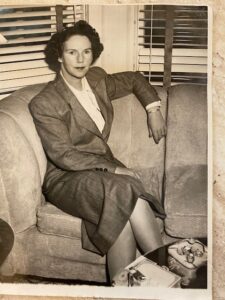
In 1927 the labourers whose task was to split and cut the mica went on strike; Terry quickly learnt the task and realised that she could do it more efficiently than the men. However, the mine was not profitable and closed. With this Terry and the family moved to another mine, the Spotted Tiger, in the Harts Range northeast of Alice Springs. They then moved again to Lone Pine, another mine nearby at Oolgarianna, forming the General Mica Supplies Company with Terry as a shareholder. Terry continued to cook for the mainly Italian miners and to split mica after dinner, learning as much as she could about the properties of this silicate mineral.
Following the death of her guardian Bertie Coggan in 1938 it was decided to process the mica in Melbourne where a factory was established, with Terry as manager and also as the Managing Director of General Mica Supplies. Her brother Sam remained in the Northern Territory as mine manager.
Mica is an efficient insulator and for some years the company’s business consisted of supplying Hecla Electrics Pty. Ltd., later acquired by General Electric Corporation, with mica used in electrical components. Interestingly, anti-fouling paint used on ships also contained mica powder. In 1942 the Commonwealth Government took control of the purchase and distribution of mica, as by this time it was regarded as a ‘strategic mineral’ being used in radio receivers and spark plugs for aero engines. The Royal Australian Air Force and the United States Army Air Force were customers.
After a dispute with her fellow shareholders Terry resigned from General Mica Supplies in 1943, with her sole possessions being a pianola and a car. She promptly sold the pianola and a ring she had been given for her 21st birthday and started her own company, Peerless Mica Company. She rented three empty shops in Malvern and, having joined the Women’s Air Training Corp (a volunteer organisation) on a part time basis, used the uniform to impress suppliers to provide her with credit to purchase machines (guillotines, presses, dies, etc.) to process mica. She was helped by her good reputation within the industry. She employed three women initially and within 12 months had a workforce of 30. Where possible she hired single mothers, often migrants, and encouraged flexible work hours, as assisted child care was unavailable.
The Allied Works Council in 1943 advised Terry that the Americans had a new mica splitting machine which would be invaluable to Australia. Terry said she would fund her own fare to the United States provided the government would support her efforts in procuring the machine. This was agreed (her passport was stamped ‘Bearer travelling to the USA on matters vital to the defence of Australia’) and Terry sailed for San Francisco but was diverted to Vancouver; with her passport stamp she was able to find a commercial flight to Washington.
Terry was helped by Australian trade representatives in Washington and:arranged to purchase a state-of-the art mica laying machine (which weighed five tons and which she persuaded the Australian government to ship to Melbourne);
- negotiated a trade agreement with the New England Mica Company of Boston to manufacture a patented mica process for bonding micanite; and
- obtained orders for her products (mainly mica washers and condenser mica plates).
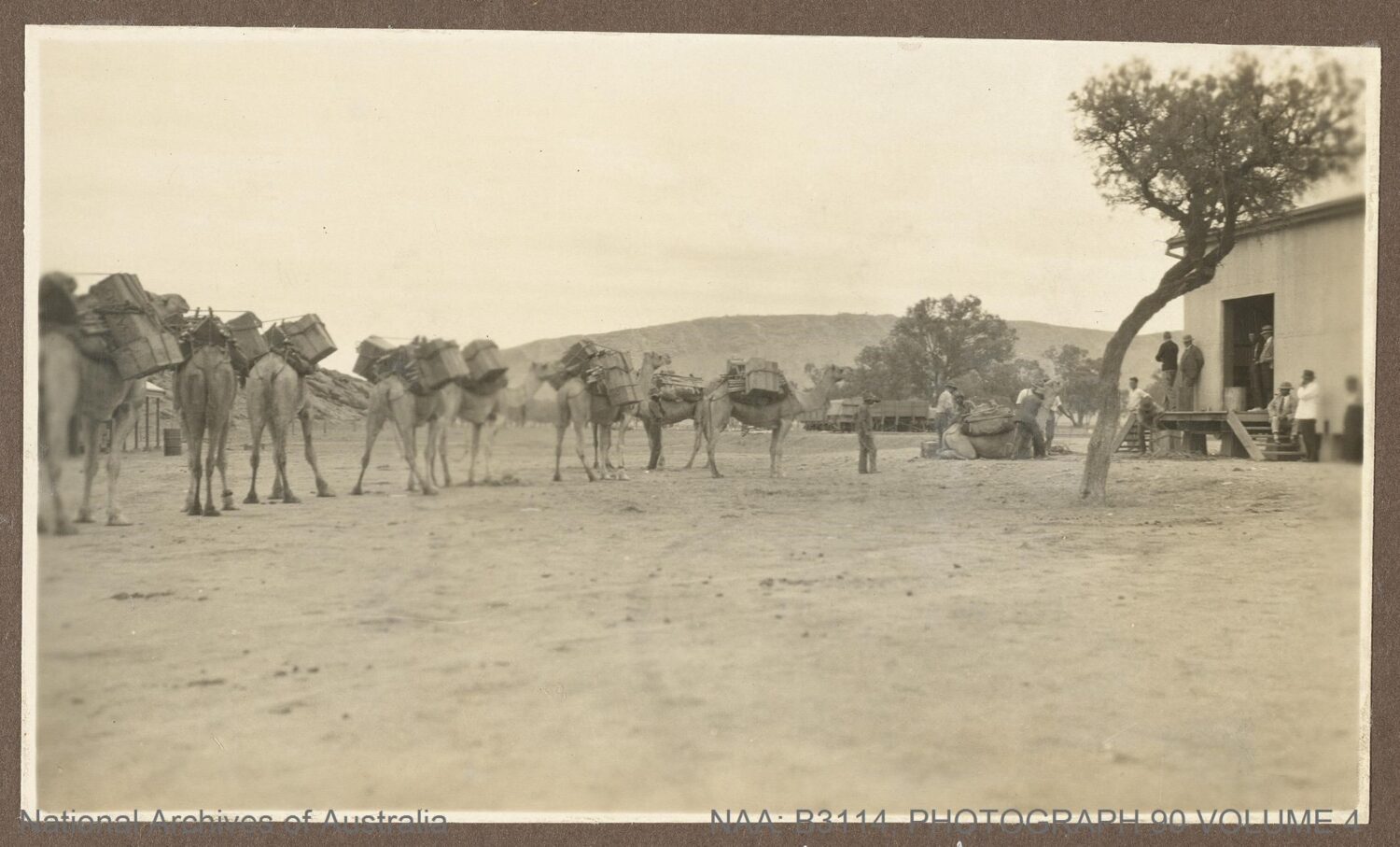
Carting mica by camel train from Oodnadatta to Alice Springs railhead c 1934 – newspaper cutting.
On her return to Australia Terry looked for a factory to purchase but as none were available built her own on the site of ex-public tennis courts in Malvern Road, Malvern.
At this stage Terry was living in the Chevron Hotel in St Kilda where on 1 April 1944 there was a chance meetingwith a fellow guest, Henry Burrell. It must have been love at first sight as after a whirlwind romance they married three weeks later on 21 April when Ada was aged 36 and Henry aged 39. But they must have talked some business as Henry invested £1000 (say $40,000 in today’s money) in her company. Terry was considered by her peers to be the only woman to marry a naval officer for his money! While this donation may have helped the company during a difficult period it would be Terry’s business acumen which would later add to the family prosperity.
Henry Burrell grew up in the Blue Mountains of New South Wales where his father, a veteran of the First World War, was a schoolmaster. Henry attended the co-educational Parramatta High School before acceptance into the Naval College as a thirteen-year-old entry. He readily adapted to a naval career and specialised as a navigator. He first married
Margaret MacKay in Melbourne in 1933. There were no children by this marriage and the couple divorced in 1941. After completing the advanced navigation course he was posted to the cruisers HM Ships Coventry and Devonshire, the latter during her term of duty in the Spanish Civil War.
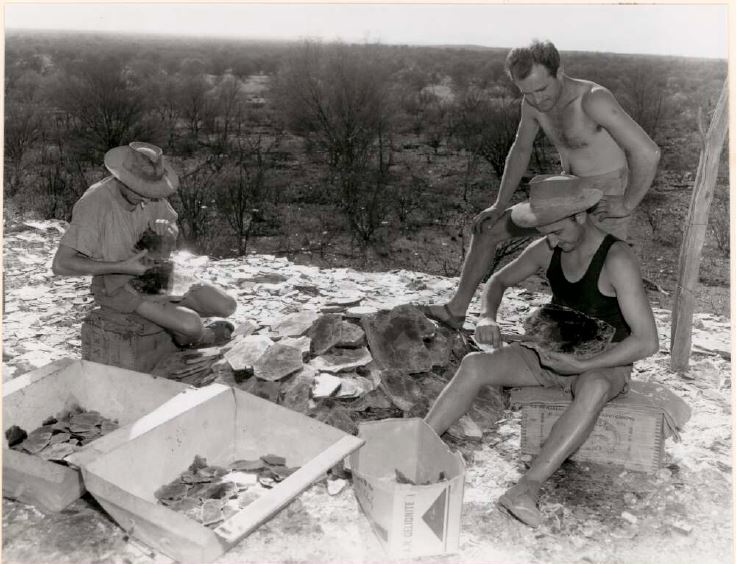
During the dark days of the Second World War Burrell was given command of the new N-class destroyer HMAS Norman and remained in command during her remarkable service in north Russia, the Mediterranean and in the Indian and Pacific campaigns. Commander Burrell was then recalled to Navy Office in Melbourne where he served as Director of Plans. In 1945 Burrell commissioned the new Tribal-class destroyer HMAS Bataan and in her served with the US 7th Fleet, which helped build a strong association with the USN.
In 1950 Terry, now with three children, accompanied Captain Burrell to the United Kingdom where he spent three years, attending the Imperial Defence College Staff Course and then as assistant Defence Representative on the staff of the Australian High Commission. Terry did not sit on her hands and, encouraged by the success of her mica products in the UK, established a branch of her business in High Wycombe, Buckinghamshire, located in a leased timber mill. The Peerless Mica company also flourished, with Terry’s brother Sam taking an active role as a director of the company and factory manager.
The headline of a 1955 New Zealand newspaper article titled Free Lance was ‘Rear-Admiral’s Lady is a Career Woman’s Advocate’ and in it Terry is quoted as stating ‘I would always advocate that a service wife should continue her career after marriage’. In the same year the Melbourne Argus newspaper ran an article headlined ‘A Wonder Wife. She runs a mica factory while he runs the fleet.’ After first commanding the heavy cruiser HMAS Australia and later the aircraft carrier HMAS Vengeance, Rear Admiral Burrell became Flag Officer Commanding the Australian Fleet.
In 1958 she was the only female exhibitor in the engineering section of the Australian Industries Fair held in the Exhibition Building in Melbourne. In 1959 Henry Burrell was appointed Chief of Naval Staff and the family moved to Canberra; in June 1960 Vice Admiral Sir Henry Burrell was honoured with a knighthood. On 17 April 1961 Lady Ada Burrell launched the destroyer escort HMAS Derwent at the Williamstown Naval Dockyard.
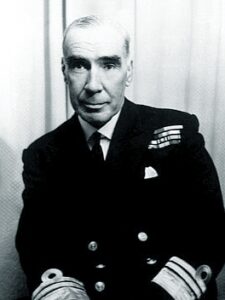
Terry commuted regularly between the factory and Canberra, skilfully balancing her roles as an involved mother, CNS wife and company director, but this took its toll and she subsequently sold the business to her brother and his family. The company continued for a further 20 or so years until the real estate value of the factory property overtook its commercial value. Terry retired with Henry to their farm in Braidwood. She died of cancer in August 1981 aged 73. Henry lived on in Braidwood until he died on 9 February 1988 aged 83.
Sir Henry Burrell wrote his memoirs, published in 1987, as Mermaids Do Exist which provides much detail of his exciting and important career milestones. The contribution made by ‘The Mica Queen’, the remarkable Lady Ada Burrell, is not so well covered and hopefully this short story helps redress the balance. One of our members, a mining engineer, who knows the Burrell family says: ‘Lady Burrell was a wonderful and outstanding woman who should be remembered for her immense contribution to the Australian mining industry, and the Royal Australian Navy’.
